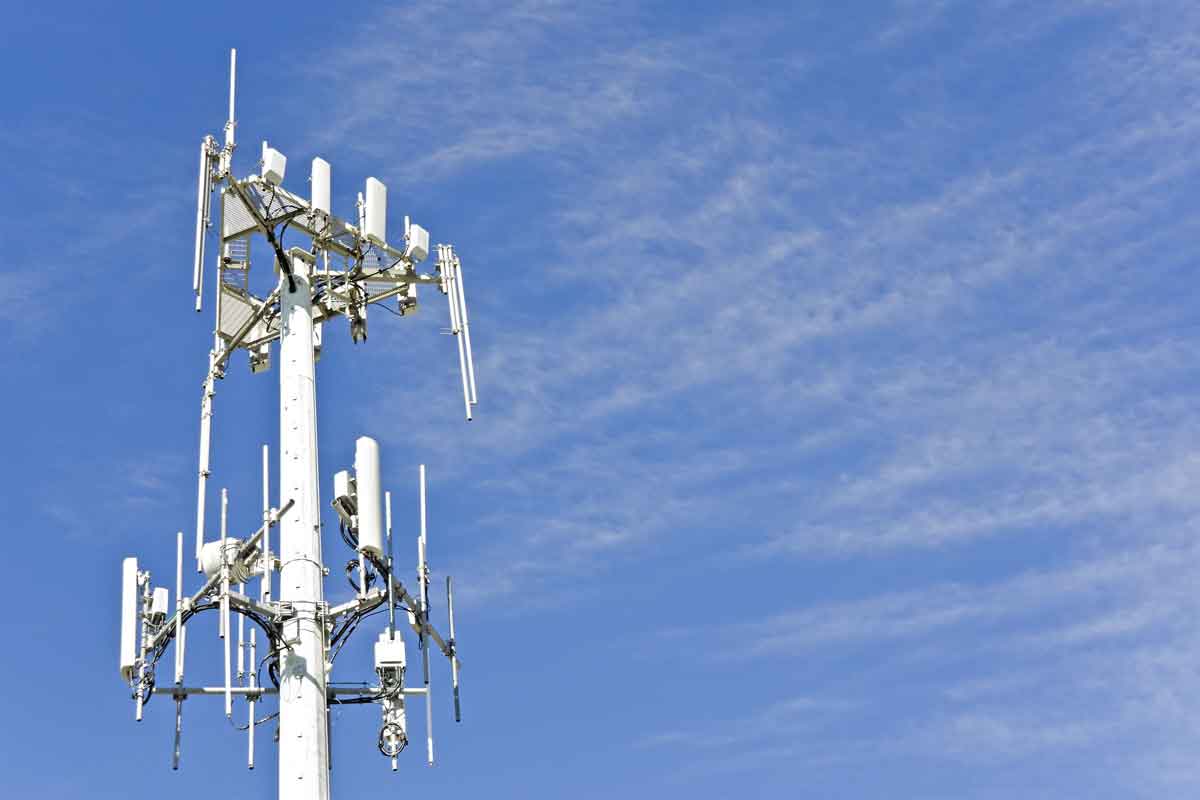Are usually safest distance from your 5G cell Tower?

If you've ever been through a town you might have noticed tiny cell towers for 5G placed on poles for street lighting. They appear like tiny boxes however, they're actually transmitting wireless signals from cellular providers to your phone.
https://forkcycle81.werite.net/post/2023/03/30/Why-Are-5G-Towers-Such-a-Terrible-Idea are replacing larger built cell towers. While they're less noticeable but they can still create issues for users.
A Federal Communications Commission's Radiation Exposure Thresholds
The FCC's Radiation Exposure Thresholds establish the maximum amount of time a person can be exposed to electromagnetic energy generated by wireless devices. The exposure limits are based upon scientific research which prove that electromagnetic energy could cause harm to health.

The specific absorption rate (SAR) is an indication of the amount of radiofrequency energy that is taken up by tissues. It's usually 1.6 watts per kilogram, calculated over one kilogram of tissue.
However, because safe distance from cell tower transmits at higher frequencies this could be able to create more energy on the skin and other exposed body parts. safe distance from cell tower can result in many potential problems, including an increased development of skin diseases like dermatitis, skin cancer and cataracts.
Because of the potentially harmful effects of radiation from 5G, PSU has chosen to establish a general, localized maximum power density of four MW/cm2 measured across 1 centimeter, but not to exceed 30 minutes for all 5G services at 3000 GHz. This localized limit is consistent with the highest SAR that is spatially averaged at 1.6 W/kg, averaged over one grams of tissues at six GHz.
The FCC's Maximum Exposure Thresholds for Maximum Exposure
If you've ever used a cell phone, you're probably aware that a safe range from the tower is around 400 meters away. This is due to the power of transmission from cell towers increases drastically the further away your location from the tower.
While this sounds like something that's good, the reality is that those living close to towers could be more susceptible to health problems. For instance, a study conducted in 2014 in India discovered that people living within 50 meters of cell towers experienced significantly more health complaints than those who lived farther far from antennas.
This study found that people who moved to areas further away from cell towers noticed their symptoms return to normal within a few days. Another study has demonstrated that exposure to extreme amounts of electromagnetic field radiofrequency (EMFs) could cause cancer, brain tumors, and other health problems.
This is because radiofrequency radiation, used in wireless communication, can penetrate the human body's outer layer, the skin. This is vital to be aware of because the skin serves as a shield against mechanical injury, infection by pathogenic microorganisms, and infiltration of toxic substances. Additionally, it is the largest organ in the human body and is accountable for maintaining the integrity of other organs.
The FCC's Minimum Exposure Thresholds for the Minimum Exposure
The FCC's Minimum Exposure Thresholds rely on numerous assumptions that are not supported by scientific evidence. These include the erroneous assumption that short-term exposures to RF radiation are safe because of the minimal penetration into the body (i.e. thermal heating of tissue).
The assumption also ignores the more extensive penetration of ELF components of modulated RF signals as well as the consequences of short bursts of heat from pulsed RF waves. These theories are not compatible with the current understanding of biological consequences of RF radiation. As such they shouldn't be relied upon for health-protection exposure standards.
In addition, the ICNIRP and FCC limit their maximum exposure limits to local peak SARs, based on the peak frequency of absorption (psSAR) which is not a sufficient dosimetric tool to determine the degree of exposure to radiofrequency radiation. Particularly it is inconclusive for frequencies above 6 GHz. Furthermore, psSAR has not been evaluated for RF radiation exposed to other agents of the environment such as sunlight. The interactions of RF radiations with different agents in the environment could result in antagonistic or synergistic effects. This would result in the risk of having adverse health consequences. For instance, exposure to RF radiation with sunlight may increase the risk of skin cancer, and may also exacerbate other skin conditions like acne.
